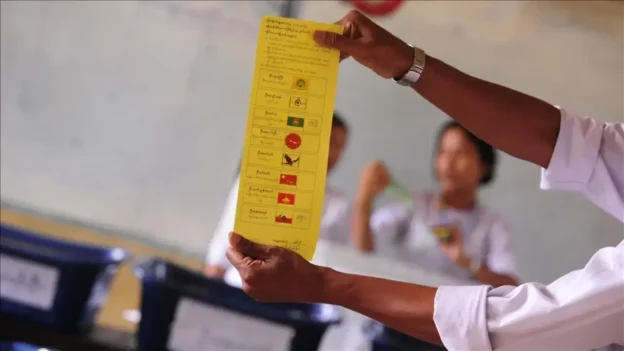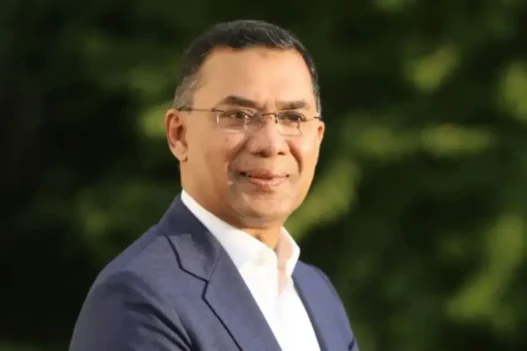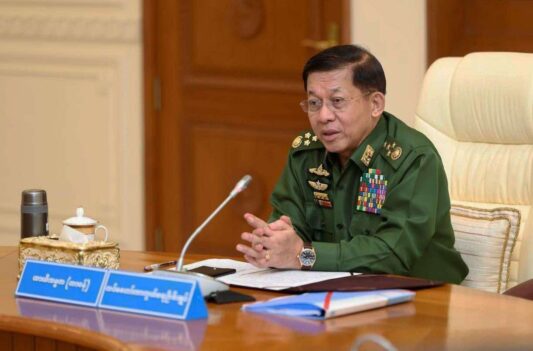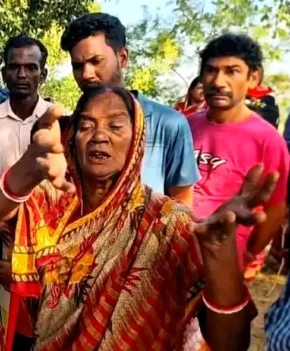South Asia stands on a volatile frontier, where uprisings no longer remain parochial eruptions but metamorphose into profound struggles over sovereignty. Two convulsions in the past year — Bangladesh’s catastrophic August 2024 coup and Nepal’s September 2025 insurrection — reveal the perilous consequences when legitimate discontent is either transmuted into chaos or disciplined into renewal.
In Dhaka, opportunists and Islamist forces transformed a youth-led protest into an existential crisis, leaving the nation mired in chaos.
In Kathmandu, by contrast, institutional discipline, civic responsibility, and the remarkable restraint of Gen Z curtailed catastrophe and steered unrest to a constitutional horizon. The contrast is both instructive and urgent.
Bangladesh’s political trajectory has long been marred by coups and ideological manipulation. Since independence in 1971, the nation has seen assassinations, military regimes, and repeated Islamist co-optation.
The 1975 assassination of Sheikh Mujibur Rahman inaugurated decades in which secularism eroded under successive regimes.
These historical patterns culminated on 5 August 2024, when a youth-led protest against Prime Minister Sheikh Hasina devolved into a blood-soaked coup.
What was portrayed as a popular revolt concealed orchestrated extremism.
Hundreds of civilians were killed; law enforcement was paralysed; Hindu minorities became targets of mob violence.
Into this vacuum stepped Muhammad Yunus, celebrated in Western capitals yet thrust into a nation on fire.
His interim regime, unanchored in constitutional legitimacy, has presided over the resurgence of Islamist parties, entrenched corruption, and a postponed electoral process.
Bangladesh now resembles a fragile state adrift, a cautionary tale of how genuine grievances can be converted into instruments of destabilisation.
Nepal’s unrest in September 2025 bore eerie similarities: public frustration over corruption, nepotism, and unemployment boiled over into arson, vandalism, and attacks on the residences of five former prime ministers, as well as the torching of parliament and the Supreme Court. Kathmandu appeared leaderless; institutions seemed on the brink of collapse.
Yet the outcome diverged dramatically.
The Nepali Army, under Chief of Army Staff General Ashok Raj Sigdel, did not cower behind neutrality.
Rather than crush the protests with violence, it imposed order while engaging in dialogue. Soldiers secured vital infrastructure, and within 48 hours, the unrest had largely subsided — a remarkable demonstration of disciplined intervention that prevented the hijacking of the movement by extremist or opportunistic elements.
Into the vacuum stepped Sushila Karki, Nepal’s first female Chief Justice, appointed interim prime minister.
Karki assumed leadership with only three colleagues, intentionally excluding NGO representatives despite the role of Hami Nepal in catalyzing the protests.
Her leadership signaled a deliberate separation between civic activism and governance — a lesson Bangladesh failed to internalize.
Karki’s credibility, built on decades of judicial service and a formative education at Banaras Hindu University, earned broad respect.
Kathmandu’s mayor, Balendra Shah, publicly urged youth to act with “maturity and responsibility,” while Kul Man Ghising, the technocrat who resolved Nepal’s chronic power crisis, was enlisted to ensure governance continuity.
Karki promptly set 5 March 2026 as the date for national elections, anchoring the uprising to democratic process and providing a tangible horizon of accountability.
Perhaps the most extraordinary element was the behavior of Nepal’s protesters, predominantly Gen Z.
Unlike Bangladesh’s youth, who were co-opted and radicalized, Nepal’s students made no claims for ministerial posts, did not seek to overthrow the constitution, and did not demand a constituent assembly.
Before returning to schools and universities, the protesters apologized publicly for the destruction they had caused.
They repaired damaged roads, cleaned streets littered with debris, and restored neighborhoods to functionality. Their sole political demand was modest yet pointed: that a handful of ageing leaders retire from active politics.
In their humility, Nepal’s youth achieved what revolutions often fail to do: they reclaimed the moral high ground, demonstrated civic responsibility, and prevented the movement from being hijacked by ideological or external opportunists.
Nepal’s stability is far from parochial. India’s strategic stakes are profound. Bilateral trade exceeds $8.5 billion annually, Nepal depends on Indian fuel and food supplies, and cultural ties — from shared pilgrimage circuits like Muktinath to centuries of intertwined communities — reinforce mutual interdependence.
A destabilized Nepal would be a vulnerability. Pakistan’s ISI has long sought to exploit Nepal as a staging ground for anti-India operations.
A chaotic Kathmandu would echo Bangladesh’s misfortune, endangering regional security and empowering extremist networks.
The contrast between Bangladesh and Nepal is stark and instructive. Both uprisings were ignited by frustration with corruption, nepotism, and dynastic politics. Both were led by young people with grievances that demanded attention.
Yet Bangladesh succumbed to opportunists and Islamist networks. The army stood aside. Chaos proliferated. Minorities were terrorized. Elections vanished. The moral and institutional vacuum allowed foreign proxies to manipulate the discourse, creating a state adrift.
Nepal, by contrast, saw institutions act with discipline, youth act with restraint, and leadership emerge with integrity. What could have been a violent, protracted crisis was contained within days, with public apologies, restorative action, and a scheduled electoral horizon.
Nepal’s victory is provisional. The elections of March 5, 2026 must be credible. The interim administration must resist corruption and external pressure. The army must remain a stabilizing, not coercive, force.
Yet even in its fragility, Nepal demonstrates that revolt need not become catastrophe; protest can be redirected into reform rather than ruin.
Bangladesh remains the cautionary wound: a country betrayed from within, subverted from without, left to fester under illegitimate authority. Nepal shows that even amidst flames, prudence, humility, and integrity can preserve the republic.
These parallel convulsions frame a stark reckoning for South Asia. Revolt is certain. Youth will rise. Frustration with corruption, nepotism, and systemic decay will continue to surge. The region’s future rests not on the inevitability of disorder, but on how societies respond: whether institutions intervene with resolve, whether youth embody moral restraint, and whether leadership governs with integrity.
Source : The Chittagong Hill Tracts







